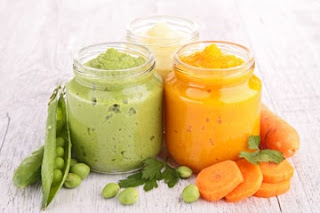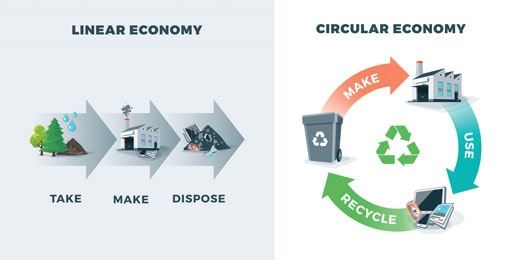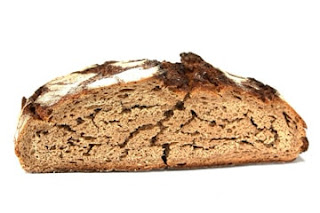Many powders can potentially gain strength and cake during processing, storage and transport to the final consumer, causing the formation of lumps and aggregates, or they may be transformed into a caked bulk. This can be very undesirable, causing production delays and lost production, and represents a major product quality defect in the eyes of end-users of powder products.
Raw ingredients can be assessed on a regular basis to keep watch on batch and source variation and finished products in powder form can undergo a full assessment to measure the properties (e.g. fully flowing, caking, cohesion) that will be experienced by a consumer or user.
















































